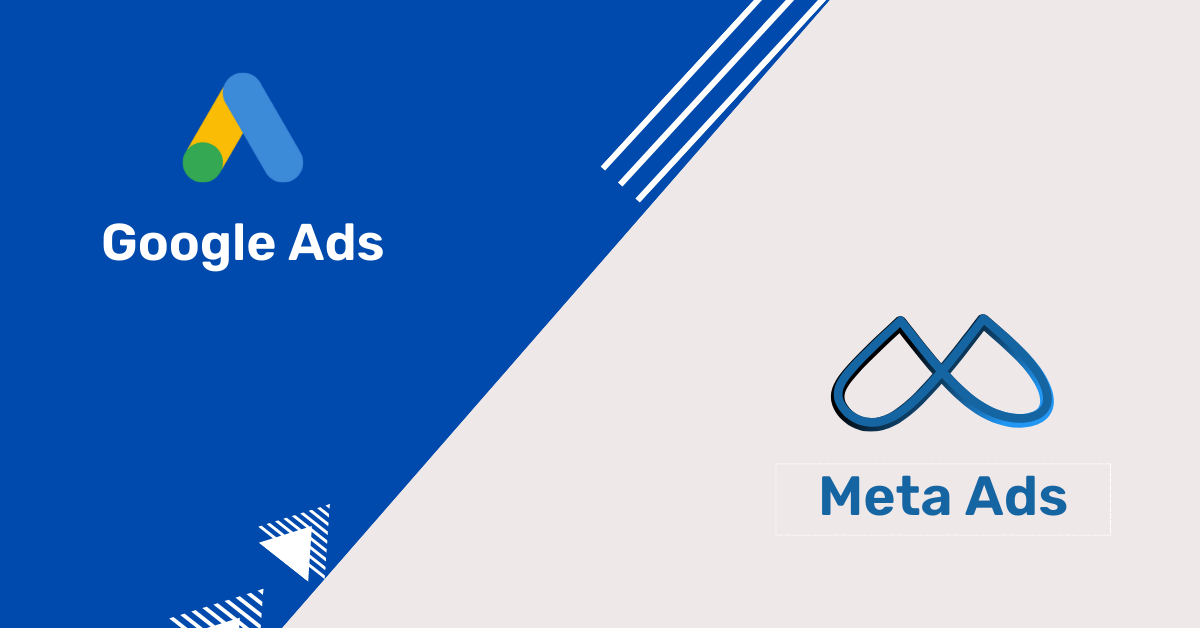Why Healthcare Marketing needs more than Meta & Google Ads
Meta & Google Ads in Healthcare Marketing
In today’s digital age, healthcare marketers often rely on meta ads and Google Ads to reach their target audience. While these platforms can be effective in driving traffic to a healthcare website or promoting specific products or services, Are they enough for a comprehensive healthcare marketing strategy?
In this blog, we will discuss why meta ads and Google Ads are not sufficient for healthcare marketing and what additional approaches are necessary.
Meta ads and Google Ads are primarily focused on attracting potential patients to a healthcare website or landing page. While this is an important aspect of healthcare marketing, it is only one piece of the puzzle. Healthcare marketing also involves building relationships with patients, educating them about their health, and providing ongoing support and resources. Meta ads and Google Ads do not provide the necessary tools and channels to achieve these goals.
Healthcare Marketing: Limitations
Additionally, meta ads and Google Ads are only effective if they are targeted to the right audience and it’s entirely a different story to leverage these for marketing alternative healthcare business. While these platforms offer targeting options based on demographics and interests, they do not provide the level of personalization that is necessary for healthcare marketing. Patients have unique healthcare needs and preferences, and a one-size-fits-all approach is not sufficient.
The following are few limitations when we rely only on meta ads and google ads:
Limited audience targeting:
Meta Ads and Google Ads may not be able to effectively target specific demographics or geographic areas. For example, a hospital may want to reach out to seniors with a particular health condition in a specific city, but Meta Ads and Google Ads may not be able to target 100% of this audience as effectively as other methods.
Limited ad placements:
Meta Ads and Google Ads are limited to certain placements, such as search engine results pages and websites that are part of the Google Display Network. This means that you may not be able to reach potential patients through other channels, such as personal or email marketing.
Limited engagement:
Meta Ads and Google Ads can drive traffic to your website, but they may not be as effective at fostering engagement and building relationships with potential patients. Other marketing strategies, such as content marketing, can be more effective at building trust and establishing your hospital as a trusted resource.
High competition:
The healthcare industry is highly competitive, and it can be difficult to stand out among the many hospitals and clinics advertising on Google and Meta Ads.
Limited budget:
Meta Ads and Google Ads can be costly for particular keywords and niche, and it may not be feasible for smaller hospitals or clinics to allocate a large budget towards these channels.
To effectively market to healthcare consumers, marketers must go beyond meta ads and Google Ads and utilize other approaches such as email marketing, Influencer marketing, and content marketing. These channels allow for more personalised and ongoing communication with patients, as well as the opportunity to manage online reputation, educate and provide resources.
In summary, while meta ads and Google Ads can be useful for driving traffic to a healthcare website, they are not enough for a comprehensive healthcare marketing strategy. To truly connect with and support patients, marketers must also utilize other channels and approaches.


